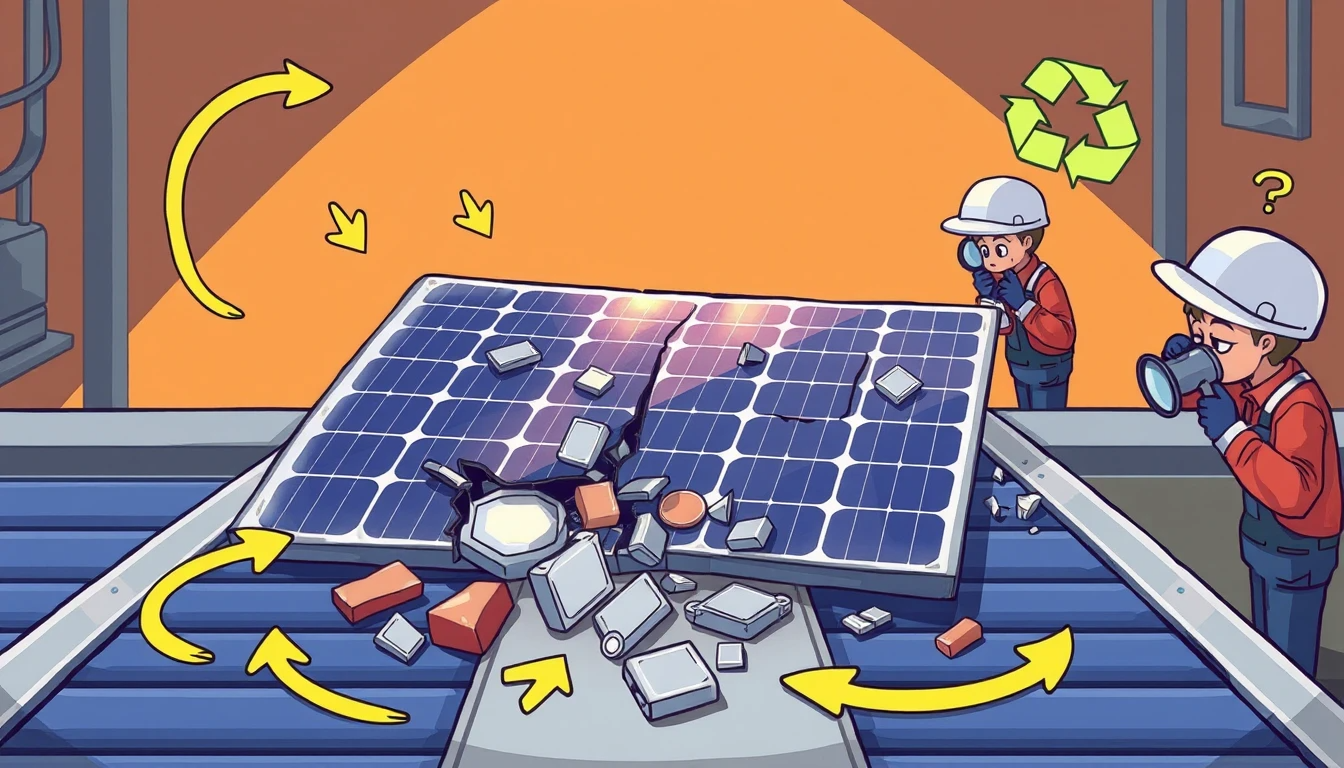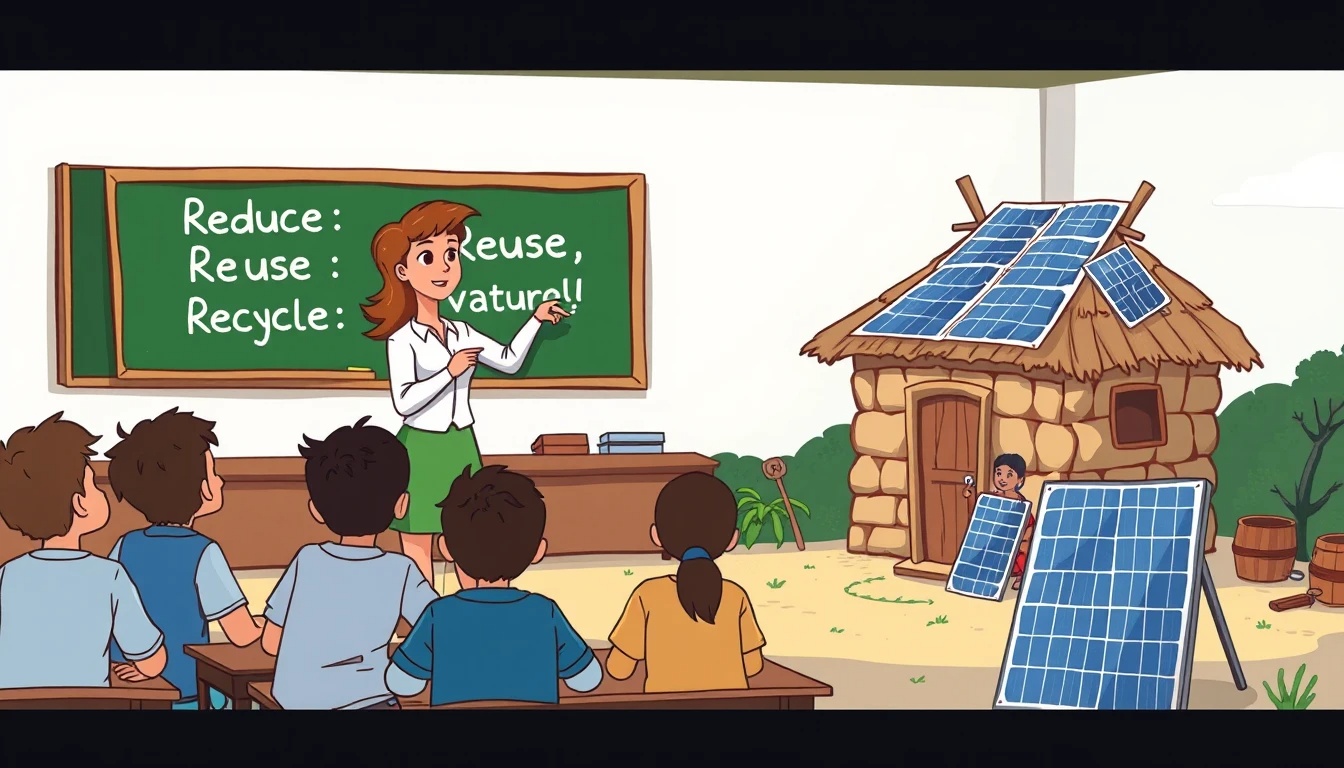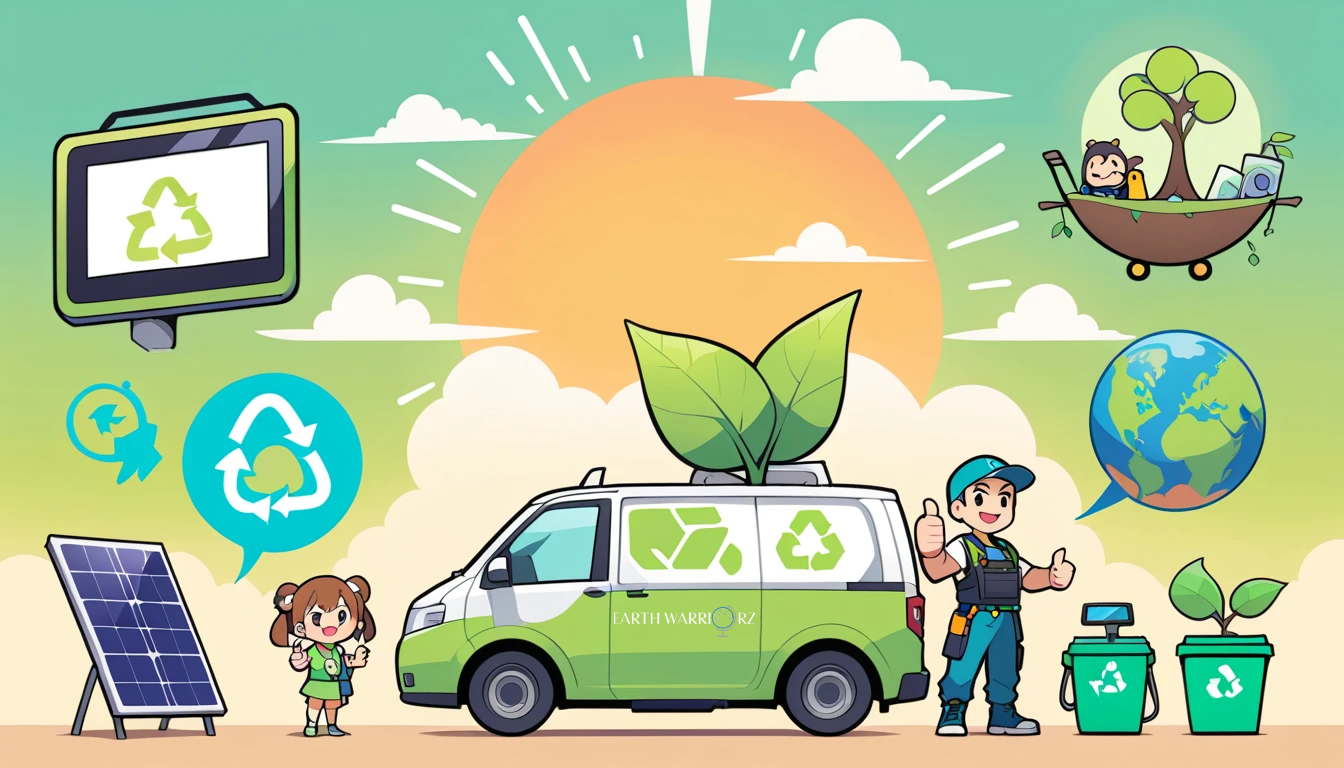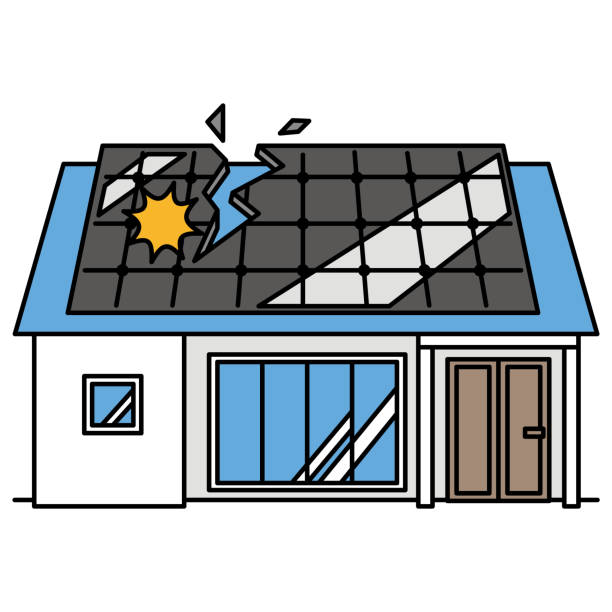What Happens to Damaged or Redundant Solar Panels?
As the world rapidly adopts renewable energy, solar panels have become a symbol of hope in the fight against climate change. But what happens when solar panels get damaged—or when they become outdated and redundant?
🌍 The Solar Waste Challenge
Solar panels typically have a lifespan of 25 to 30 years, after which their energy efficiency declines. With millions of solar panels installed globally, solar panel waste is expected to rise significantly in the next two decades.
According to the International Renewable Energy Agency (IRENA), by 2050 we could be looking at over 78 million tonnes of solar e-waste worldwide.
🔧 What Causes Solar Panels to Become Damaged or Redundant?
- Weather events like hailstorms or hurricanes
- Manufacturing defects or poor installation
- Technological upgrades—new panels often replace older, less efficient models
- Wear and tear after years of exposure to sunlight and elements
♻️ Are Solar Panels Recyclable?
Yes—but it’s complicated.
Solar panels are made of glass, aluminum, silicon, and rare metals like silver and cadmium. While 90–95% of a panel can technically be recycled, the current recycling infrastructure is limited and expensive in most countries.
The Need for Solar Panel Recycling Programs
Countries like Germany, Japan, and France have established take-back schemes for solar panels. Meanwhile, organizations and startups are working on innovative solar recycling technologies to recover valuable materials cost-effectively.
🌱 What Can Be Done?
At EarthWarriorz, we advocate for sustainable solar lifecycle management:
- Government policies to mandate recycling of solar panels
- Producer Responsibility Laws: Manufacturers should take back and recycle end-of-life panels
- Upcycling initiatives: Repurpose old panels for small-scale, rural applications
- Educating communities on solar waste through climate education programs
✅ What You Can Do
- Choose solar providers who offer recycling or take-back programs
- Support companies focused on solar panel refurbishing
- Stay updated on solar recycling policies in your country
- Share knowledge—join a climate classroom at EarthWarriorz.org!





